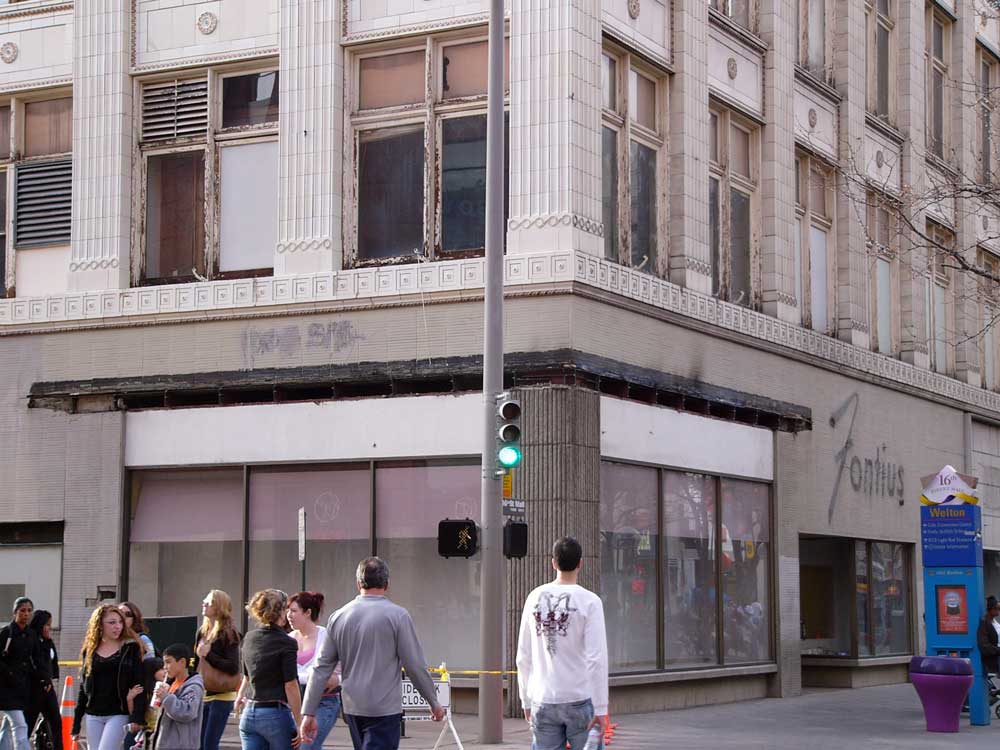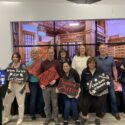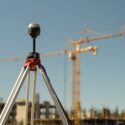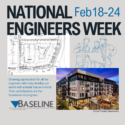 In the Denver Metro area and Northern Colorado when “urban infill” projects are mentioned, we might think of the downtown Denver area just North of Coors Field or Stapleton as prime examples of the term. Wikipedia defines infill as “the use of land within a built-up area for further construction; especially as part of a community redevelopment or growth management program or as part of smart growth. It focuses on the reuse and repositioning of obsolete or underutilized building and sites.”
In the Denver Metro area and Northern Colorado when “urban infill” projects are mentioned, we might think of the downtown Denver area just North of Coors Field or Stapleton as prime examples of the term. Wikipedia defines infill as “the use of land within a built-up area for further construction; especially as part of a community redevelopment or growth management program or as part of smart growth. It focuses on the reuse and repositioning of obsolete or underutilized building and sites.”

Photo of empty Denver storefront from Denverinfill.com
The 2008 recession has left an unusual amount of empty buildings and unused tracts within our municipal boundaries. We’ve all seen it: the empty building and parking lot that used to be a car dealership, or the boarded-up vacant building that used to be a grocery store just around the corner.
While many of us share the goal of a thriving, vibrant community and agree that these closed businesses don’t indicate this type of community, the decision to go with an urban infill project versus an urban expansion project is complex. So, what are some of the pros and cons of urban infill in order to help weigh a decision on a development site?
Pros of Urban Infill
- Ability to utilize existing infrastructure/facilities
- More transportation options for those that will be utilizing the proposed use
- Businesses are closer to residents and existing facilities and vice versa (existing market)
- Possibility of utilizing historic structures and/or mature landscaping
- Investing in the existing community
- Possibility of incentives provided by the municipality
- Reduction in the municipal costs associated with maintaining suburban areas
Cons of Urban Infill
- Unique and increased project constraints
- Can be more costly than suburban development
- Zone Change or Use by Special Review (“USR”) requirement if current land use classification does not fit proposed land use classification (and possible increased buffering requirements if neighboring uses differ from proposed use)
- Heightened expectations/concerns from businesses and residents in areas surrounding the new development
- Possible need to upgrade and/or relocate existing infrastructure to support the new development, including on-site and off-site utilities



